Alabama, a state located in the southeastern region of the United States, offers a diverse range of attractions, from historic sites to natural wonders.
Alabama holds a significant place in the history of the Civil Rights Movement in the United States. The state was the site of numerous pivotal events and landmarks in the struggle for racial equality. Alabama’s civil rights history is marked by both struggle and progress, with courageous individuals and communities leading the fight for equality and justice. The Dinks chose to spend their time visiting significant places as part of this history.
Regions
The five regions in Alabama encompass diverse landscapes and geological features. These regions collectively contribute to Alabama’s diverse geography, offering a range of natural landscapes and cultural experiences.
- Coastal Plain: Located in the southernmost part of Alabama, the Coastal Plain is characterized by flat terrain, marshes, and sandy beaches along the Gulf of Mexico. It includes major cities like Mobile and is known for its seafood industry and recreational opportunities.
- Piedmont: Situated north of the Coastal Plain, the Piedmont region features rolling hills and valleys. It has a diverse landscape with forests, rivers, and fertile agricultural land. Birmingham, the largest city in Alabama, is located in the Piedmont region.
- Ridge and Valley: This region is characterized by long, parallel mountain ridges separated by fertile valleys. It spans across northeastern Alabama and is known for its scenic beauty, including picturesque landscapes and outdoor recreational activities.
- Appalachian Plateau: Located in the northwestern corner of Alabama, the Appalachian Plateau is known for its rugged terrain, deep gorges, and sandstone cliffs. It includes part of the Bankhead National Forest and offers opportunities for hiking, camping, and exploring caves.
- Interior Plateau: Situated in the central part of the state, the Interior Plateau consists of rolling hills, plateaus, and fertile valleys. It is predominantly rural and supports agriculture and forestry industries. This region includes cities like Montgomery and Tuscaloosa.
The Same
The Family hasn’t spent as much time in Alabama as The Dinks so there really wasn’t a ton of overlap.
Local Cuisine:
Alabama is known for its rich culinary heritage, featuring a variety of dishes that reflect its southern roots and diverse cultural influences. Here are some foods that Alabama is famous for:
- Barbecue & Fried Chicken: Alabama is renowned for its barbecue traditions, which vary by region. In northern Alabama, you’ll find a unique style of barbecue known for its use of white barbecue sauce, typically served with smoked chicken or pork. In central and southern Alabama, you’ll find more traditional barbecue styles featuring pork ribs, pulled pork, and smoked sausage, often served with a tangy tomato-based sauce. Southern-style fried chicken is another beloved dish in Alabama, featuring crispy, golden-brown chicken seasoned with a blend of herbs and spices.
- White barbecue sauce, also known as Alabama white sauce, is a unique regional barbecue sauce that originated in northern Alabama. It’s known for its creamy texture and tangy flavor, which sets it apart from traditional tomato-based barbecue sauces. Make sure if pickup a bottle to bring home.
- Fried Green Tomatoes: Fried green tomatoes are a classic southern dish that originated in Alabama. Slices of unripe tomatoes are coated in cornmeal or breadcrumbs, fried until golden and crispy, and served with a side of tangy remoulade sauce or ranch dressing.
- Southern-style Biscuits: Flaky, buttery biscuits are a staple of Alabama’s southern cuisine, often served as a side dish with breakfast, brunch, or dinner. Whether enjoyed plain, smothered in gravy, or topped with butter and honey, biscuits are a comfort food favorite in Alabama.
- Southern-style Cornbread: Cornbread is a quintessential southern dish, and Alabama is no exception. Whether made with white or yellow cornmeal, Alabama-style cornbread is often served with butter or drizzled with honey, making it a popular side dish for barbecue meals and southern comfort food spreads.
The DINKs
Living in the south, we have visited Alabama countless times. Sometimes as a stop over on a road trip, soemetimes for work but also as a destination itself.
Piedmont
Birmingham:
Alabama’s largest city, Birmingham, is a dynamic destination rich in history, culture, and Southern charm. Founded in 1871 during the post-Civil War Reconstruction era, the city quickly grew into a major industrial hub, earning nicknames like “The Magic City” and “Pittsburgh of the South” due to its rapid growth fueled by iron and steel production. But Birmingham is equally known for its pivotal role in the Civil Rights Movement. A visit to the Birmingham Civil Rights Institute and the nearby 16th Street Baptist Church offers a sobering but essential perspective on the city’s place in American history.
Beyond its past, Birmingham embraces a vibrant present. The Birmingham Museum of Art boasts an impressive collection spanning centuries and continents, while the Birmingham Botanical Gardens offers peaceful walking trails and beautifully maintained themed gardens. The city is also home to a growing culinary scene that blends Southern tradition with modern innovation—think elevated soul food, craft breweries, and farm-to-table dining.
We visited as part of a weeklong road trip through Alabama and Mississippi, with our dog in tow, and found Birmingham to be both welcoming and walkable. From sampling local eats to strolling through historic neighborhoods and green spaces, the city offered a memorable mix of education, relaxation, and adventure.
- SEE: Birmingham’s Civil Rights District
- EAT: Milo’s is a beloved Alabama-born fast food chain that got its start in Birmingham back in 1946.
- DRINK: Sweet Tea from Milo’s
Civil Rights District: Birmingham played a significant role in the Civil Rights Movement, and visitors can explore several landmarks and museums dedicated to this history. A walking tour of Birmingham’s Civil Rights District offers a poignant and educational experience, allowing visitors to explore key landmarks and learn about the city’s role in the Civil Rights Movement. Even better was being able to bring our dog along for this free walking tour.
- Start at Kelly Ingram Park: Begin your tour at Kelly Ingram Park, a historic park located across from the Birmingham Civil Rights Institute. This park was the site of numerous protests and demonstrations during the Civil Rights Movement and features powerful sculptures and monuments commemorating the struggle for equality.
- 16th Street Baptist Church: From Kelly Ingram Park, walk to nearby 16th Street Baptist Church. This historic church was the target of a bombing in 1963 that killed four young girls and galvanized support for the Civil Rights Movement. Visitors can take guided tours to learn about the church’s history and its role in the movement.
- Birmingham Civil Rights Institute: Next, visit the Birmingham Civil Rights Institute, located adjacent to Kelly Ingram Park. This museum offers exhibits, artifacts, and interactive displays that chronicle the history of segregation, civil rights activism, and social justice in Birmingham and the United States.
- 4th Avenue Business District: Walk along 4th Avenue North, known as Birmingham’s “Black Wall Street” during the segregation era. Explore historic buildings, businesses, and sites associated with African American entrepreneurship and community life.
- Bethel Baptist Church: Continue your tour to Bethel Baptist Church, a historic church where civil rights leaders such as Rev. Fred Shuttlesworth and Dr. Martin Luther King Jr. preached and organized during the Civil Rights Movement. The church played a pivotal role in the struggle for equality in Birmingham.
- Freedom Riders Park: If time allows, visit Freedom Riders Park, located near the Greyhound Bus Station. This park commemorates the Freedom Riders who challenged segregation laws by traveling through the South in 1961.
- Carver Theatre: End your tour at the Carver Theatre, a historic African American theater that hosted civil rights meetings, rallies, and cultural events during the 1960s. Today, the theater continues to serve as a venue for performances and community events.
Interior Plateau
Montgomery
Montgomery, Alabama, the state’s capital, is rich in history and Southern charm. Known for its pivotal role in the Civil Rights Movement, it is home to landmarks like the Rosa Parks Museum, the Dexter Avenue King Memorial Baptist Church, and the National Memorial for Peace and Justice. Beyond its historical significance, Montgomery offers vibrant arts, entertainment, and outdoor attractions, including the Montgomery Museum of Fine Arts, Riverfront Park, and the Alabama Shakespeare Festival. The city blends history with modern culture, making it a must-visit destination in the heart of Alabama.
- SEE: Rosa Parks Museum, the Dexter Avenue King Memorial Baptist Church, and the National Memorial for Peace and Justice
Tuscaloosa:
Tucked along the banks of the Black Warrior River, Tuscaloosa is a dynamic Southern city where tradition and progress intersect. Best known as the home of the University of Alabama, the city pulses with energy during football season when Bryant-Denny Stadium becomes the heartbeat of the town. But there’s more to Tuscaloosa than crimson and white. Founded in the early 1800s, it once served as Alabama’s state capital and played a significant role in both Civil War and Civil Rights history. Today, Tuscaloosa offers a blend of rich heritage, a thriving arts and music scene, revitalized rive.
We spent the afternoon soaking up the buzz of campus before heading to the basketball game, but not without a little pregame action of our own. First stop was to get a Yellow Hammer Slammer. Then we made our way to Houndstooth, where the crowd was rowdy, the drinks were flowing, and the TVs were already locked onto game highlights. By the time we walked over to the arena, we were fully in the spirit—loud, hyped, and ready to cheer on the Tide.
- SEE: Explore the Tuscaloosa Riverwalk or the University of Alabama campus and attend college football or basketball games,
- DRINK: Yellow hammer Slammer from Gallettes
Appalachian Plateau:
Huntsville:
Huntsville, Alabama, known as the “Rocket City,” is a hub for aerospace, technology, and innovation. Located in North Alabama within the Appalachian Plateau, Huntsville is home to NASA’s Marshall Space Flight Center and the U.S. Space & Rocket Center, making it a key player in space exploration. The city also boasts a strong economy driven by defense, biotech, and engineering industries. Beyond its high-tech appeal, Huntsville offers a mix of history, outdoor recreation, and cultural attractions, including Monte Sano State Park, the Huntsville Museum of Art, and a thriving downtown scene.
This was a work trip and it rained so unfortunately our experience was limited to a few nice restaurants and a brewery.
- SEE: NASA’s Marshall Space Flight Center and the U.S. Space & Rocket Center
- EAT: Moe’s Original BBQ, J. Alexnader’s,
- DRINK: Old Black Bear Brewing
- STAY:
Hilton Garden Inn Madison Huntsville Airport(Work trip would have preferred something downtown.)
Coastal Plain
Mobile:
The city of Mobile, located on the Gulf Coast, is known for its rich history, vibrant culture, and charming architecture. Highlights include the USS Alabama Battleship Memorial Park, the Mobile Carnival Museum, and the historic district of downtown Mobile. Often overshadowed by its Gulf Coast neighbors, is a city rich in history, culture, and lively festivities. As the birthplace of Mardi Gras in the United States, Mobile boasts a vibrant atmosphere year-round, offering visitors a mix of history, outdoor adventure, and local flavors. Whether you’re in town for a weekend or an extended stay, here are some must-see attractions and activities in Mobile, AL.
- SEE: Mobile Carnival Museum, Gater Alley Boardwalk
- EAT: Mediterranean Sandwich Co
- DRINK: Braided River Brewing
- STAY: Hyatt Studios Mobile / Tillmans Corner (Outside the city but brand new in 2025)
Experience the Magic of Mardi Gras
While New Orleans may be the most famous city for Mardi Gras, Mobile is where it all began. Every year, the city hosts elaborate parades, balls, and street celebrations. If you’re visiting during the Mardi Gras season, make sure to catch one of the many parades that fill the streets with colorful floats, masked riders, and tons of beads and moon pies. Even if you’re not in town for the celebration, you can still experience its rich history at the Mobile Carnival Museum.
Visit the Mobile Carnival Museum
This museum is a must for anyone curious about the deep-rooted traditions of Mobile’s Mardi Gras. Housed in a historic mansion, the Mobile Carnival Museum showcases stunning gowns, intricate parade floats, and historical memorabilia that tell the story of the city’s Mardi Gras evolution. Interactive exhibits allow visitors to step into the experience, making it a fun stop for all ages.
Sip Local Brews at Braided River Brewing Company
Craft beer lovers will appreciate a stop at Braided River Brewing Company. Located in the heart of downtown Mobile, this brewery is known for its refreshing, Gulf Coast-inspired beers. With a focus on sustainability and locally sourced ingredients, Braided River offers a rotating selection of IPAs, lagers, and seasonal brews. Grab a pint and relax on their outdoor patio while soaking in the city’s laid-back vibe.
Walk Along Gator Alley
Nature enthusiasts will love a stroll through Gator Alley in Daphne, a unique boardwalk that winds through a wetland habitat where visitors can safely observe alligators in their natural environment. We didn’t see any when we visited but we enjoyed the short little walk.
Explore More of Mobile
Beyond these highlights, Mobile offers plenty of other attractions to explore. Visit the USS Alabama Battleship Memorial Park to see a historic World War II battleship, take a walk through the beautiful Mobile Botanical Gardens, or explore the lively Dauphin Street entertainment district for dining, shopping, and live music.
The Family
As always we stayed away from the cities and since we love the beach we took advantage of the beautiful beaches in Alabama.
Coastal Plain
Orange Beach
Orange Beach, Alabama, is indeed a popular beach destination along the Gulf Coast, known for its stunning white sand beaches and relatively affordable accommodations compared to other nearby destinations like Destin, Florida
Orange Beach boasts beautiful stretches of white sand beaches overlooking the turquoise waters of the Gulf of Mexico. Visitors can enjoy swimming, sunbathing, beachcombing, and a variety of water sports such as kayaking, paddleboarding, and parasailing. Orange Beach is a popular destination for families, with kid-friendly attractions such as water parks, mini-golf courses, and amusement parks. Families can also enjoy beach picnics, sandcastle building, and exploring nearby nature trails.
Check out our full blog on things to do in Orange Beach.
Summary
It’s evident that both the DINKs and the Family enjoyed their respective visits to Alabama, each with their unique experiences and preferences. While the Family soaked in the sun and seaside charm of Orange Beach along the Coastal Plain, the DINKs explored the cultural hubs of Mobile, Birmingham, and Tuscaloosa. Both groups indulged in Alabama’s rich local cuisine, which is a highlight of any visit to the state. The DINKs’ exploration of multiple cities allowed for a deeper dive into Alabama’s urban culture, history, and vibrant local scenes. On the other hand, the Family’s focus on Orange Beach provided a relaxing coastal retreat with ample beach activities and Gulf Coast seafood delights.
Ultimately, the question of who did it better comes down to personal preference. Whether you prefer the bustling city life and cultural attractions of Mobile and Birmingham or the serene beaches and laid-back atmosphere of Orange Beach, Alabama has something unique to offer every visitor.
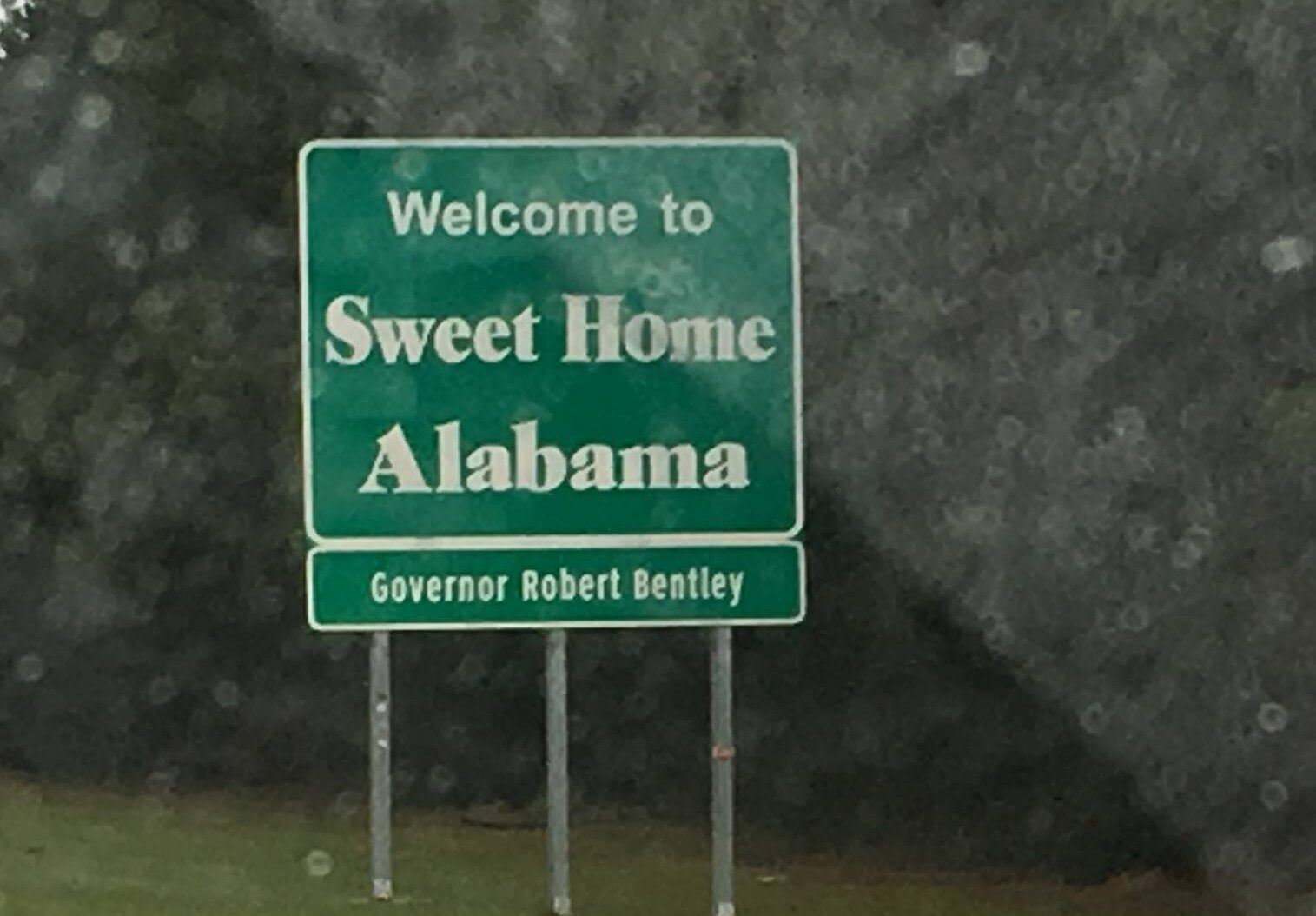
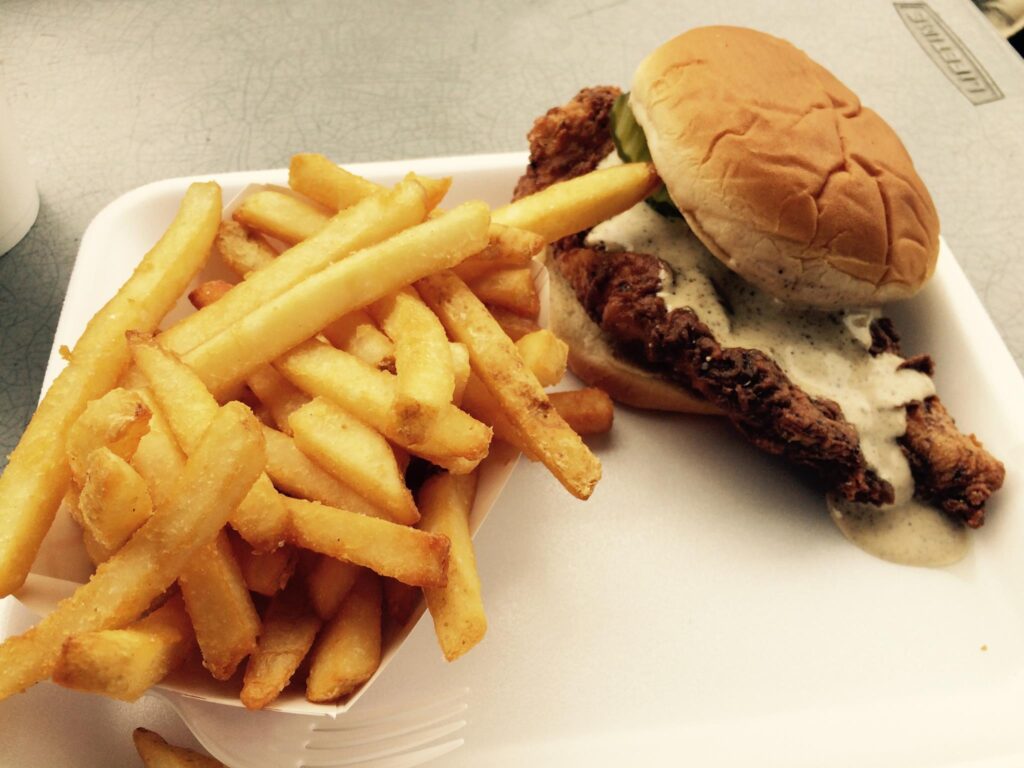
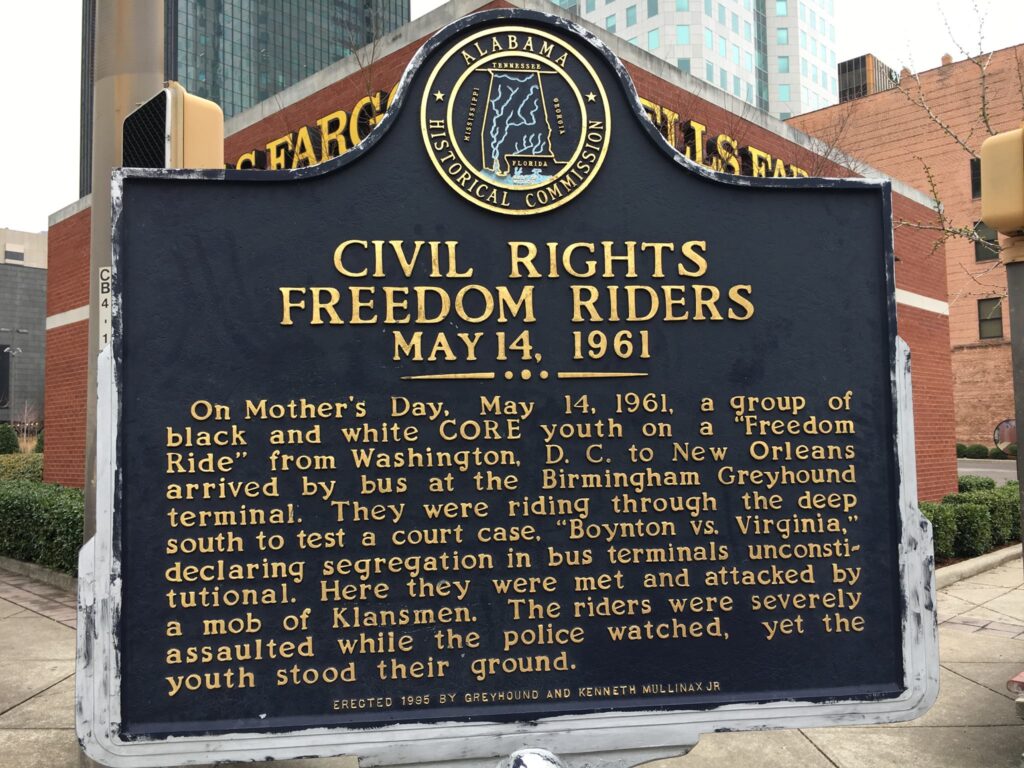
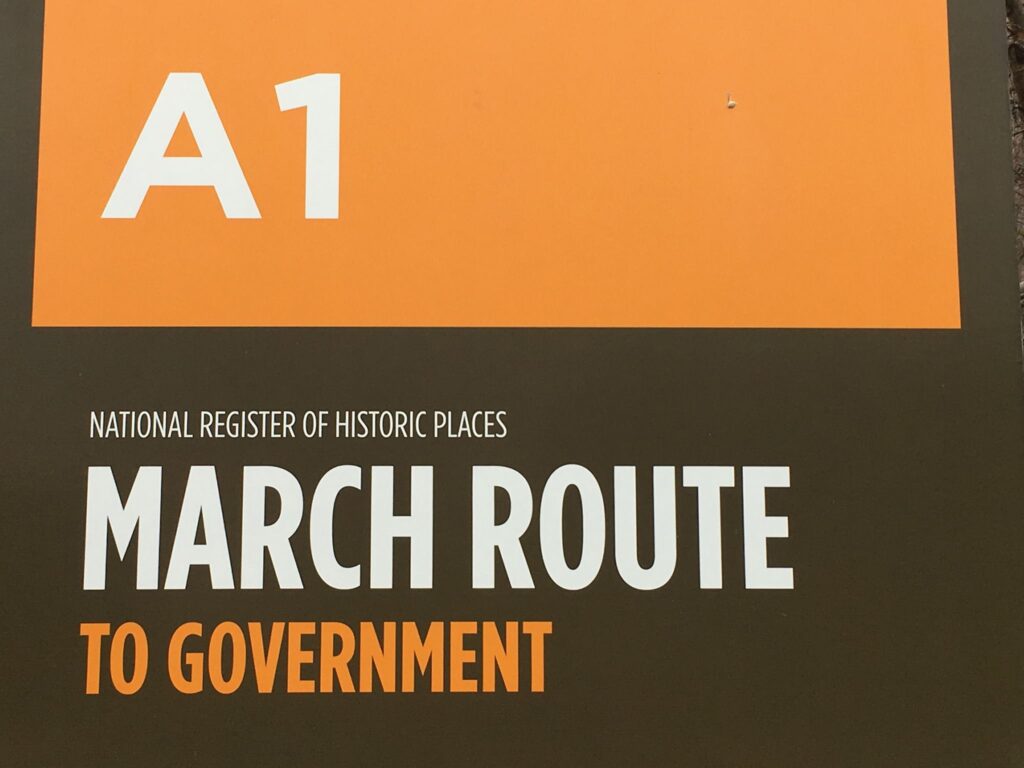
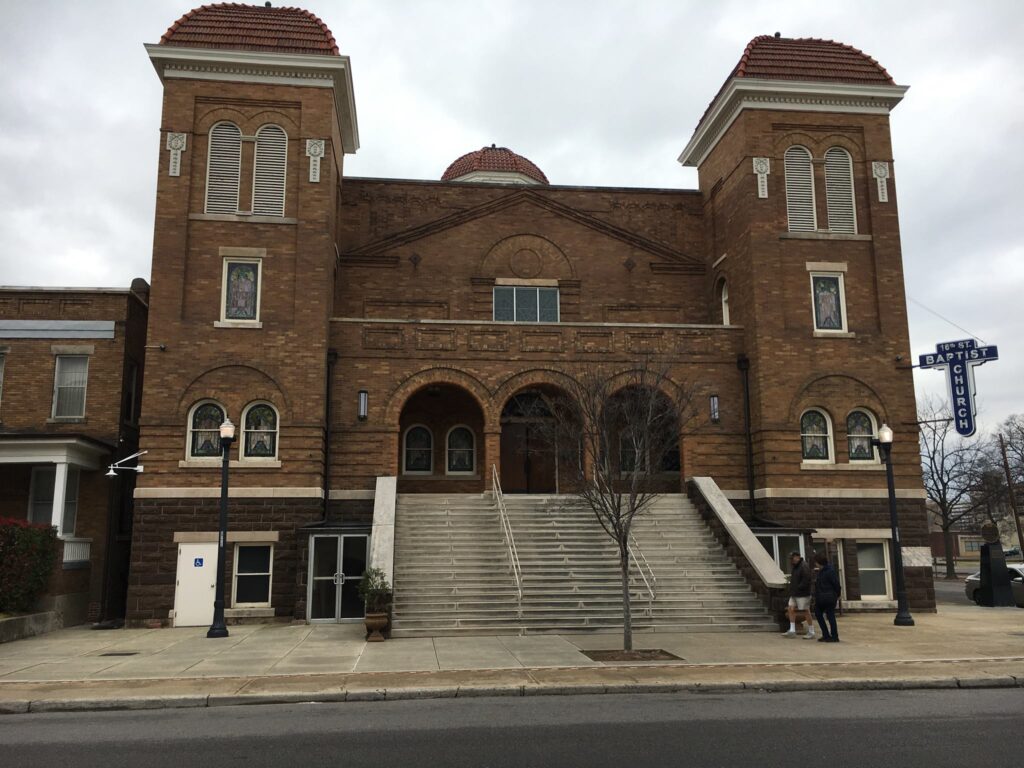
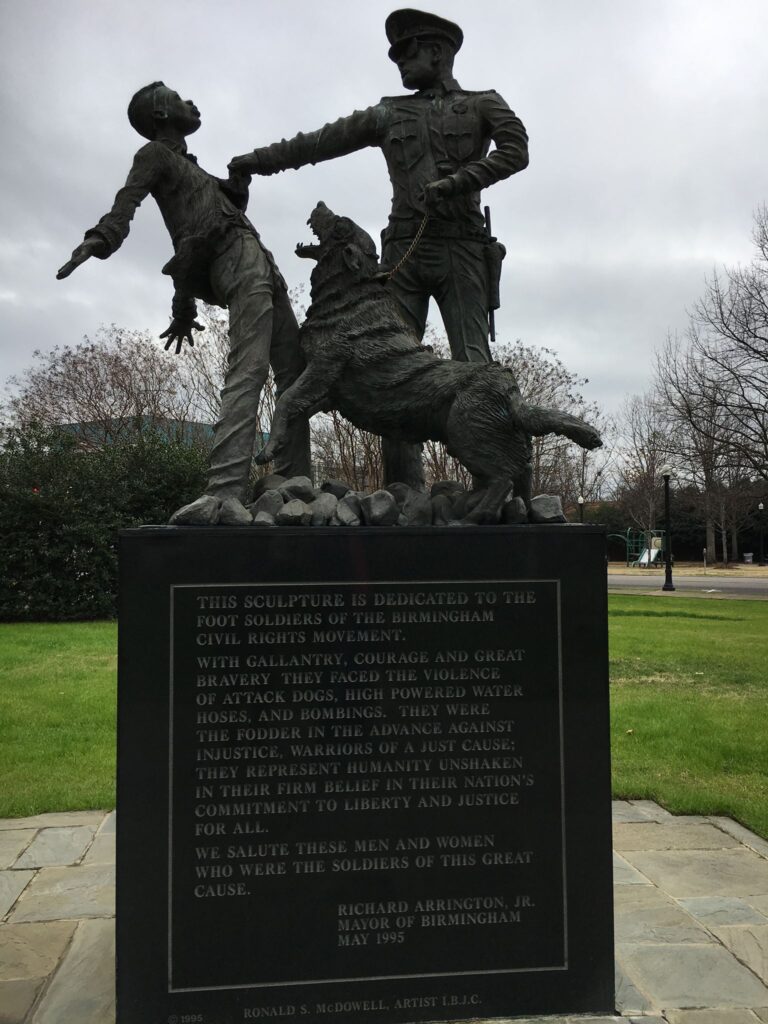
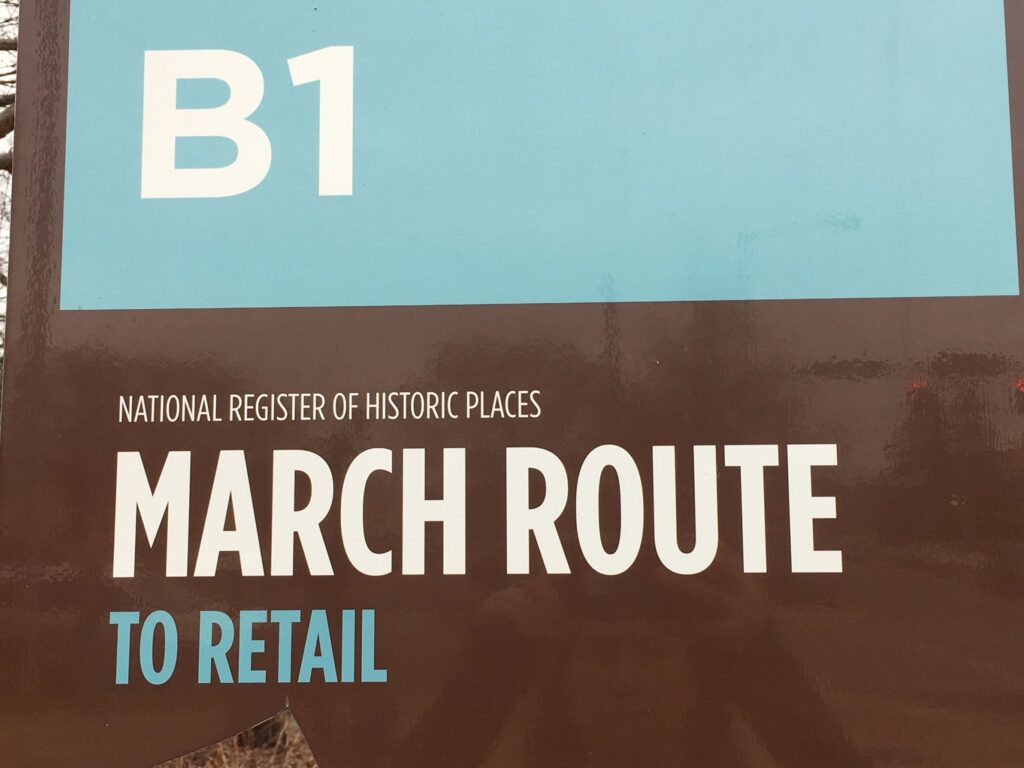
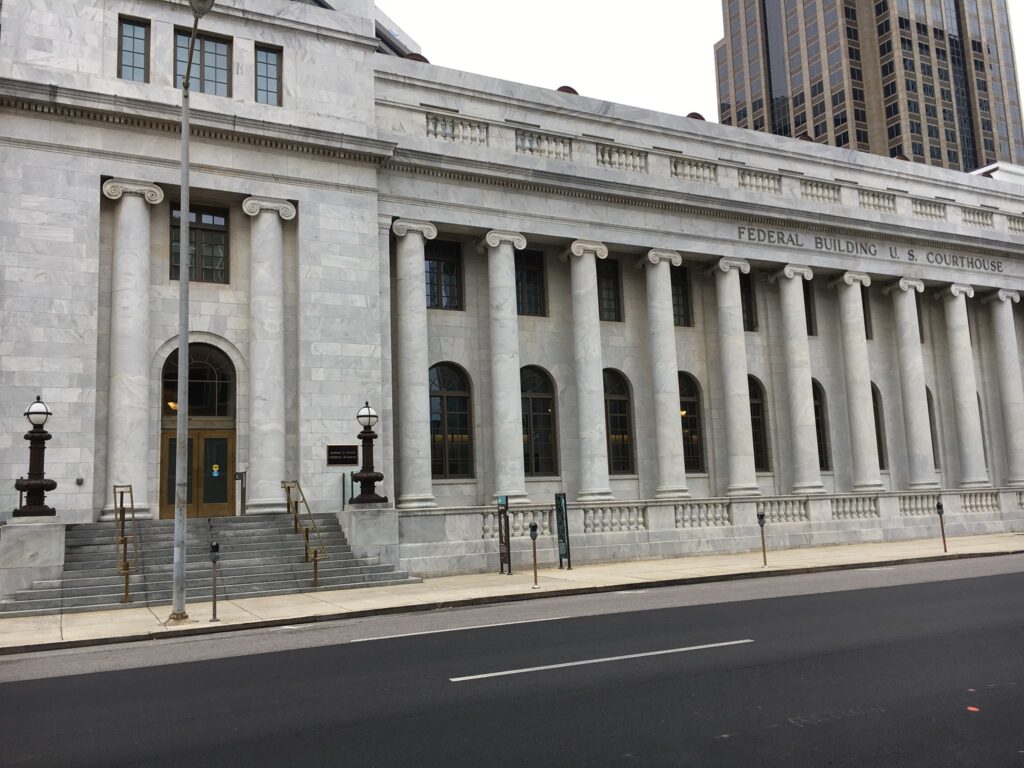
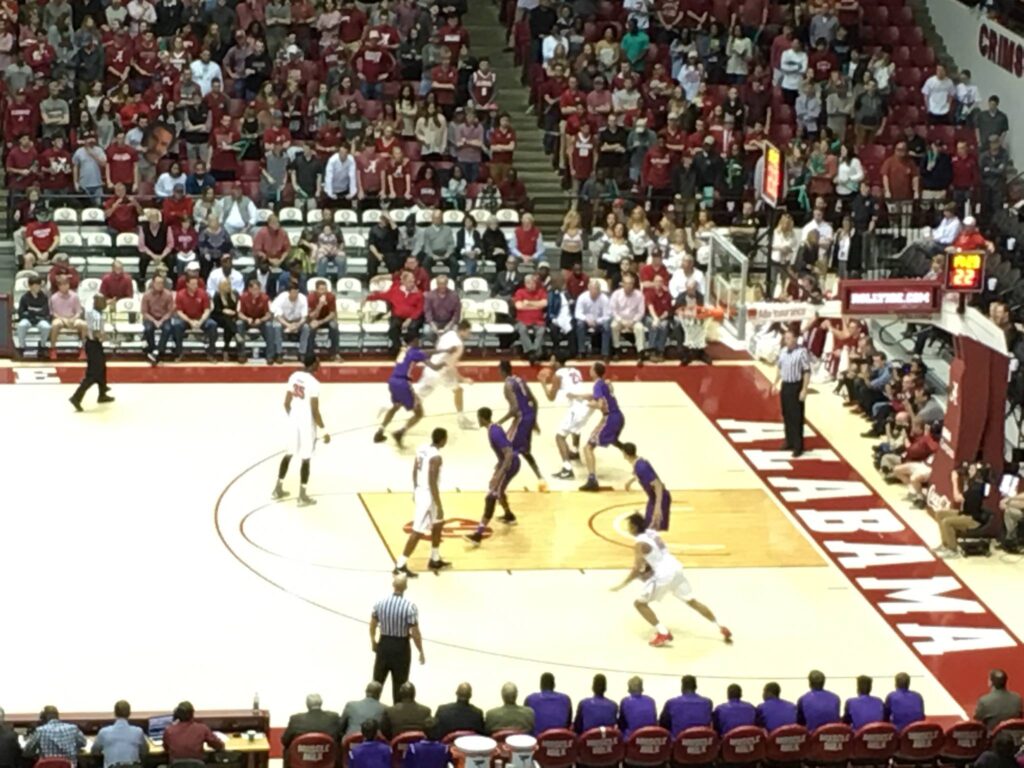
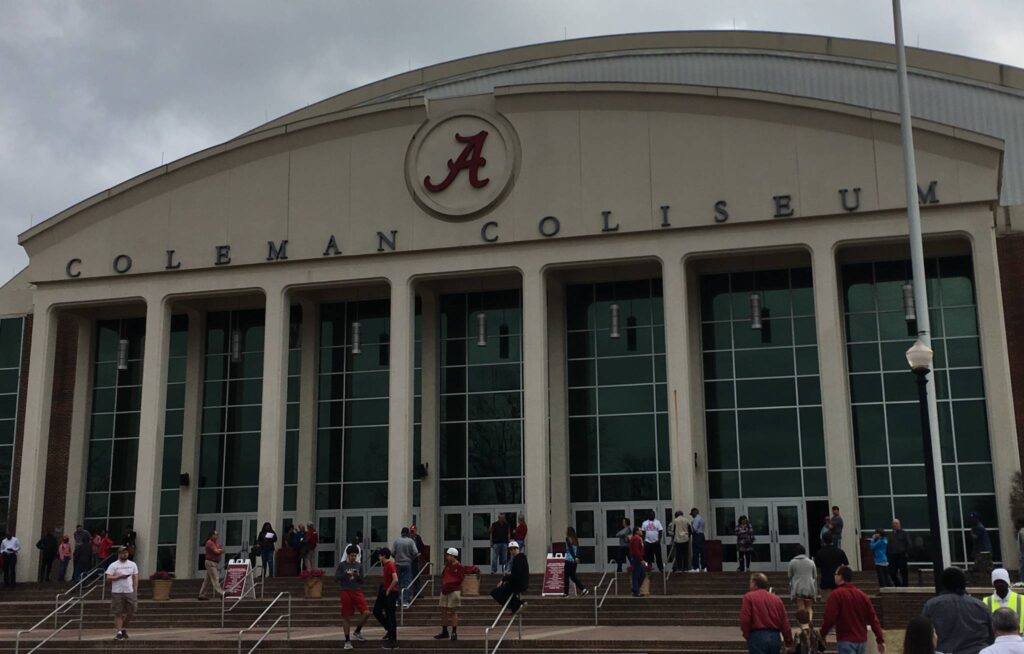
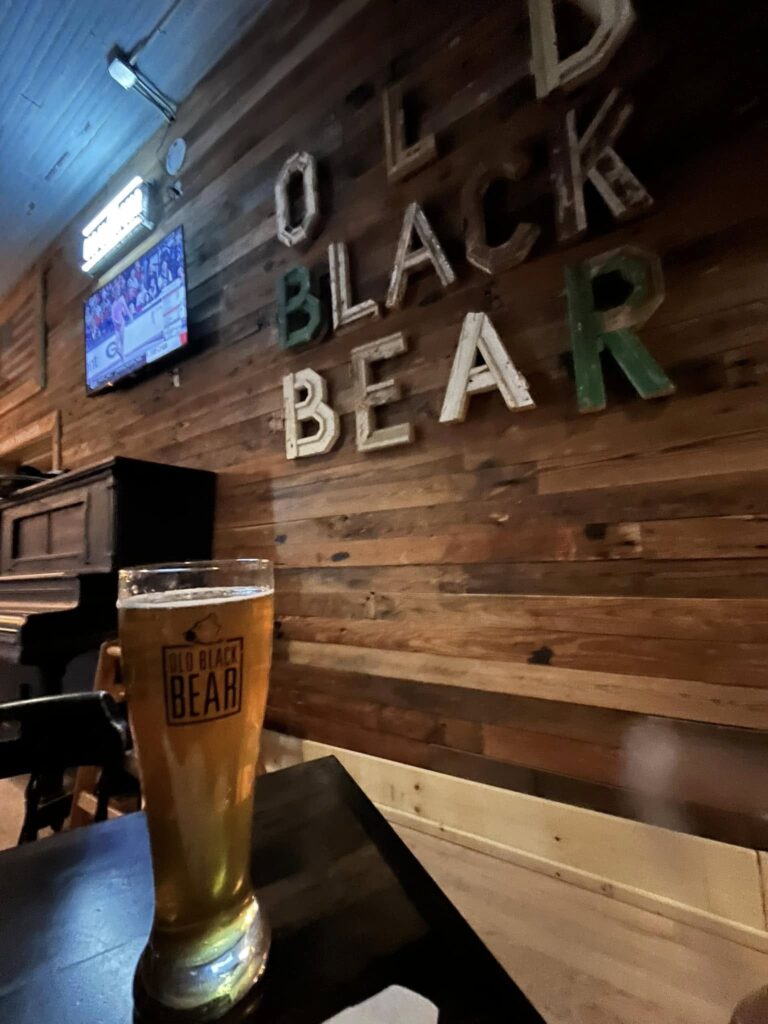
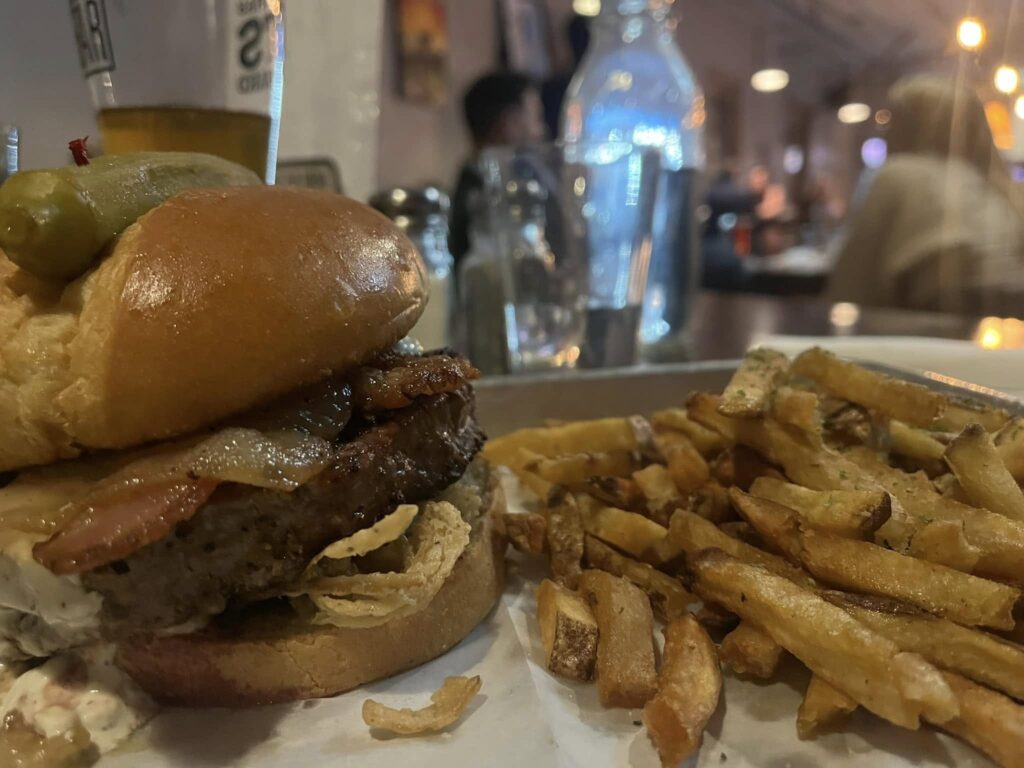
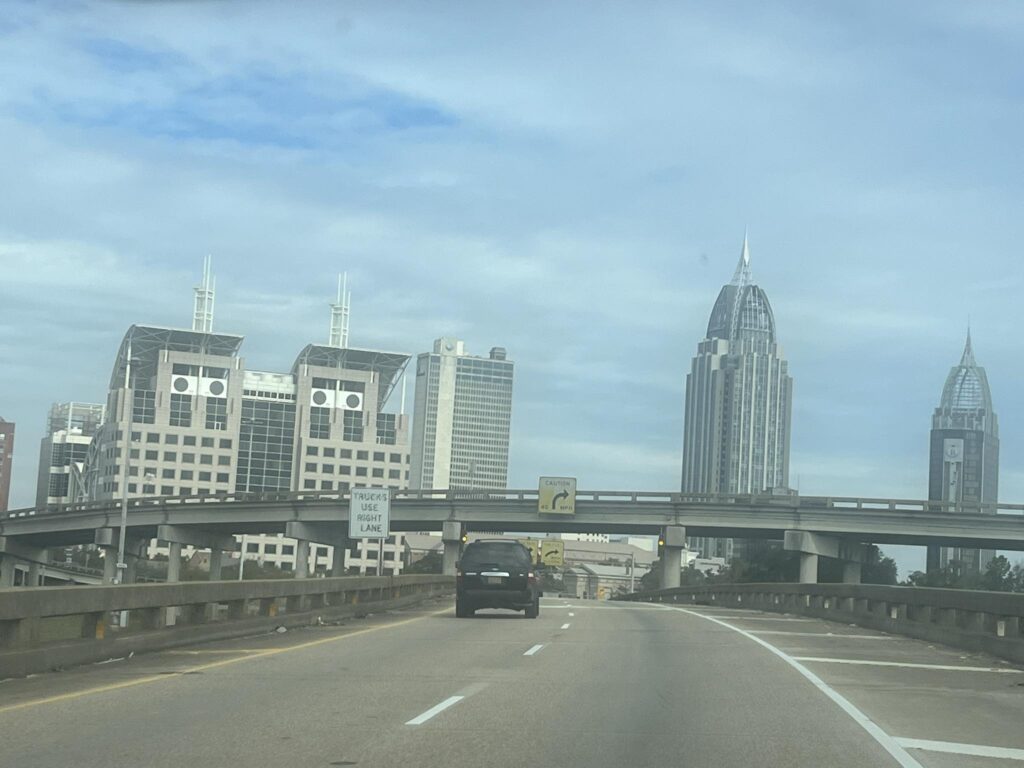
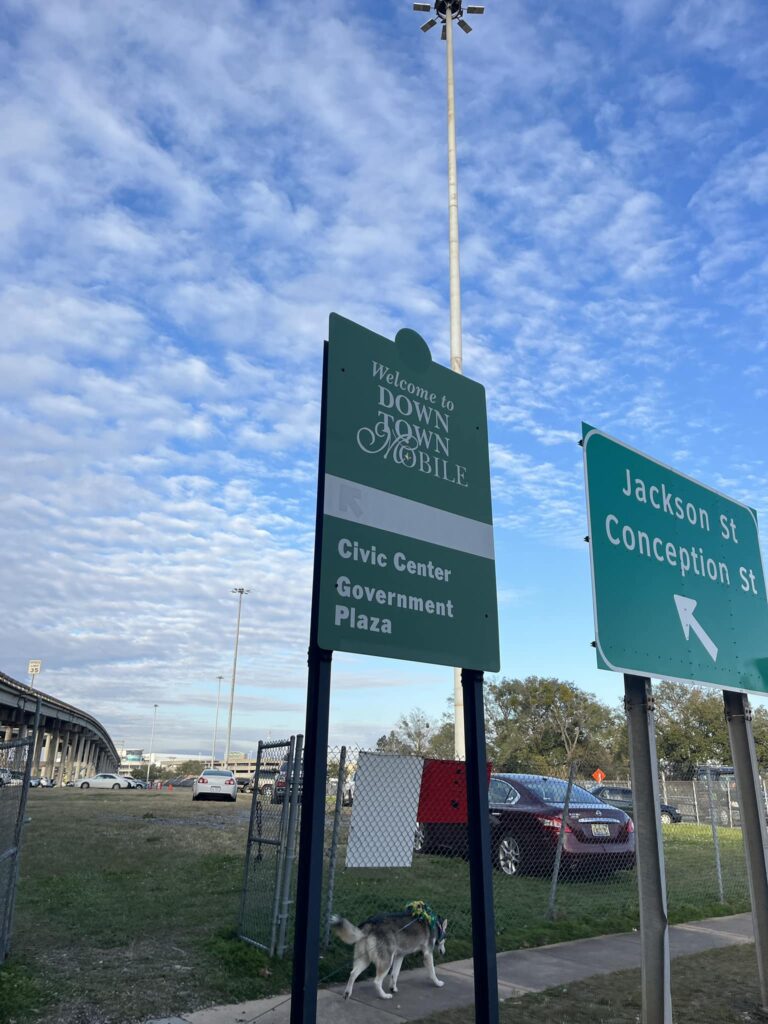
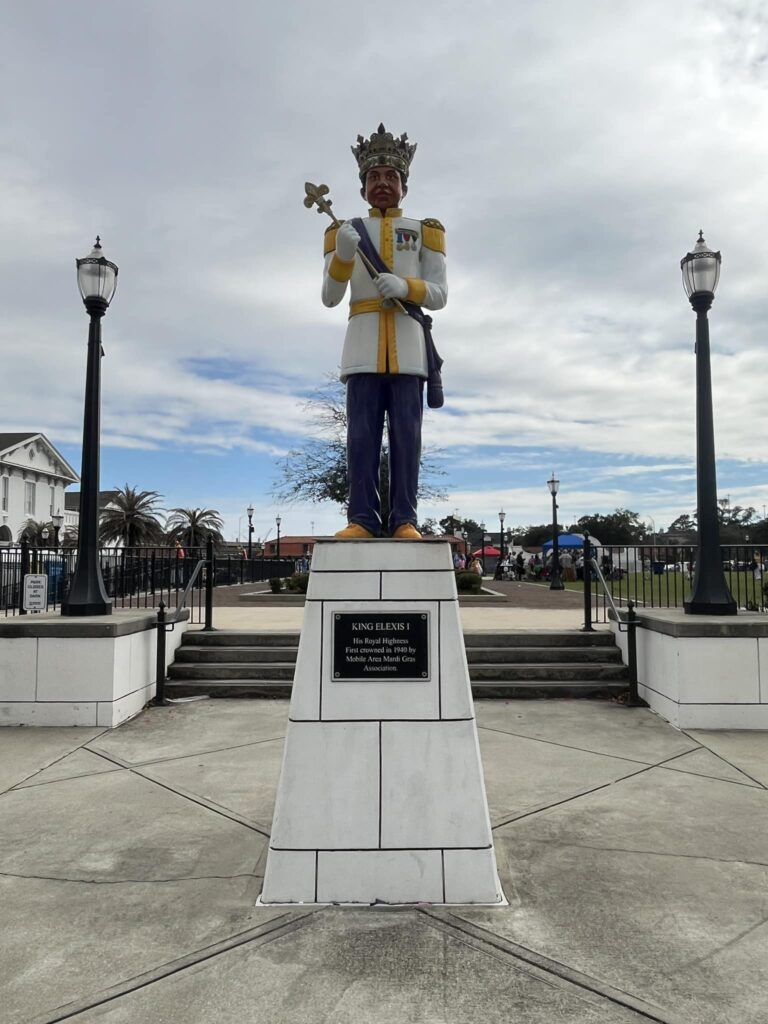

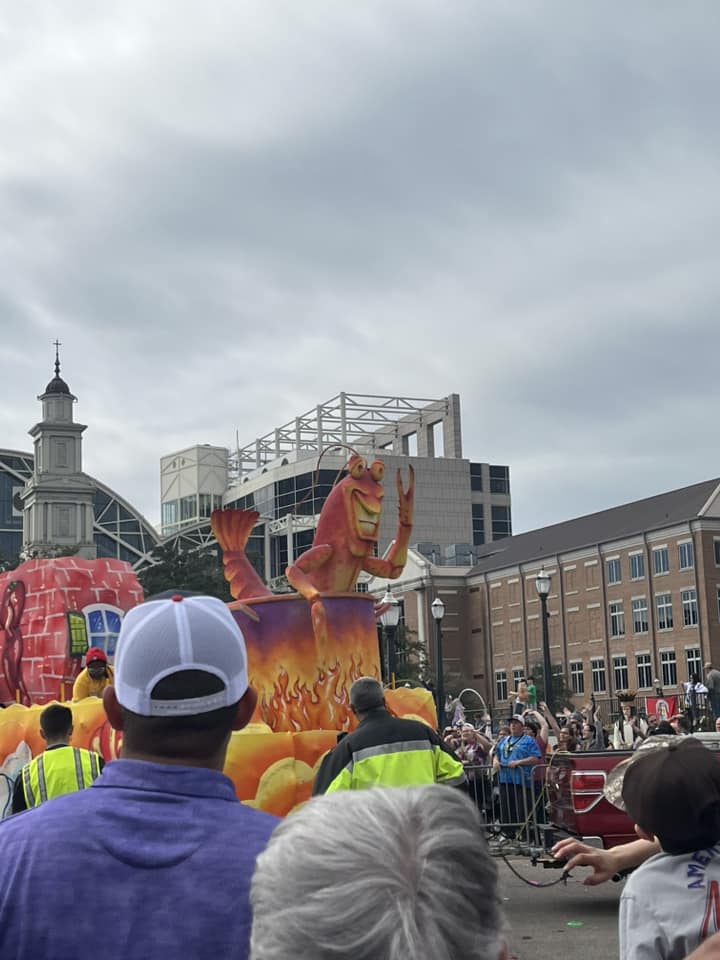
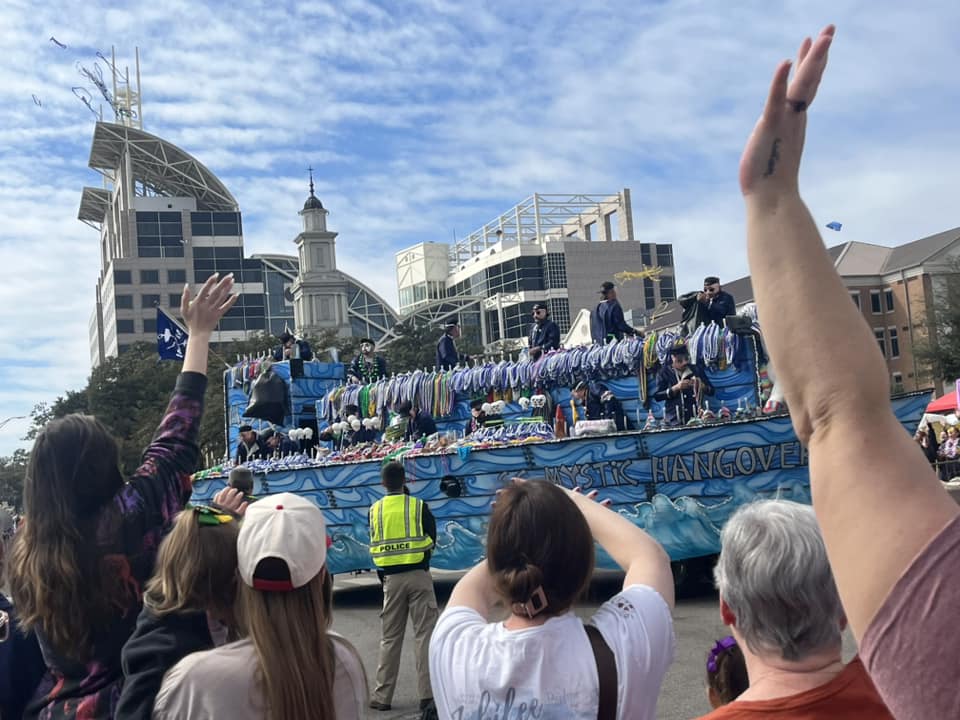
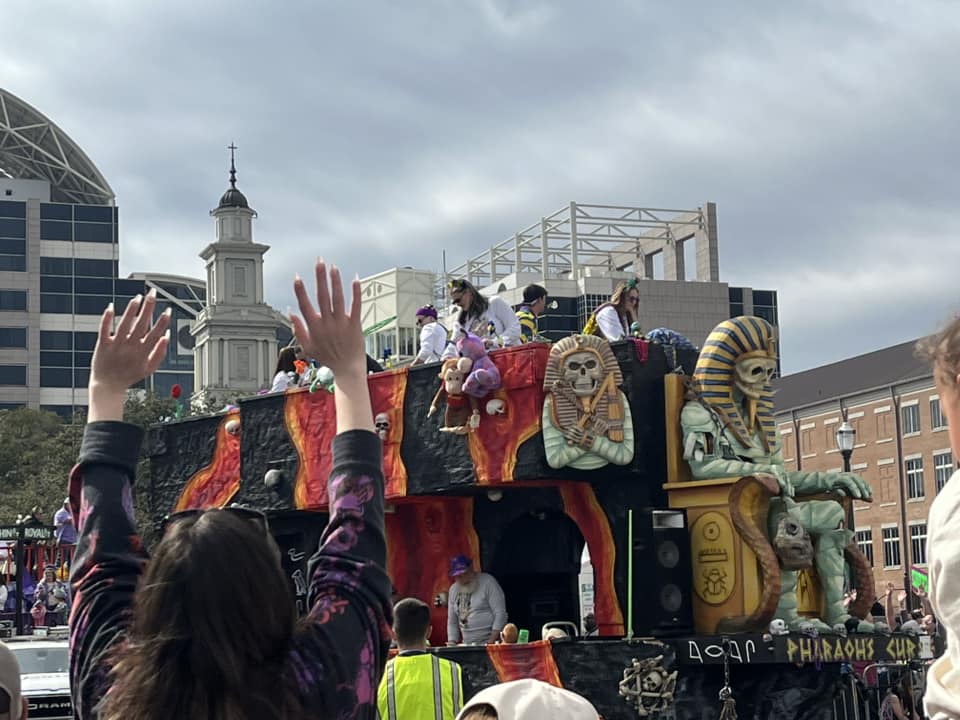
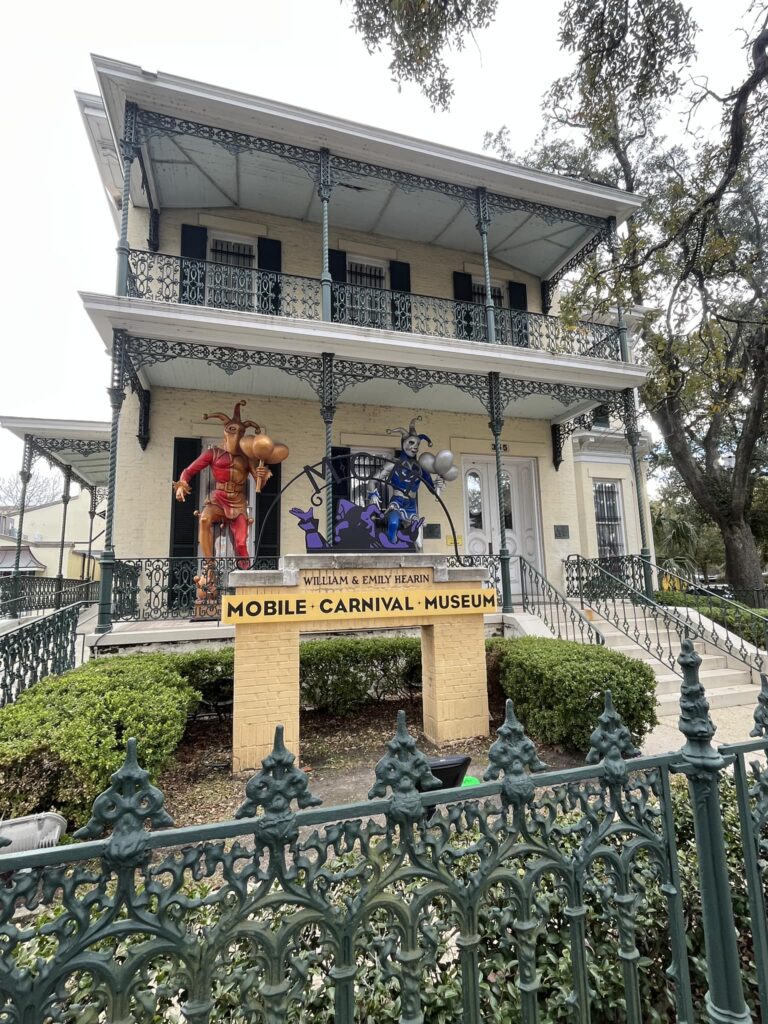
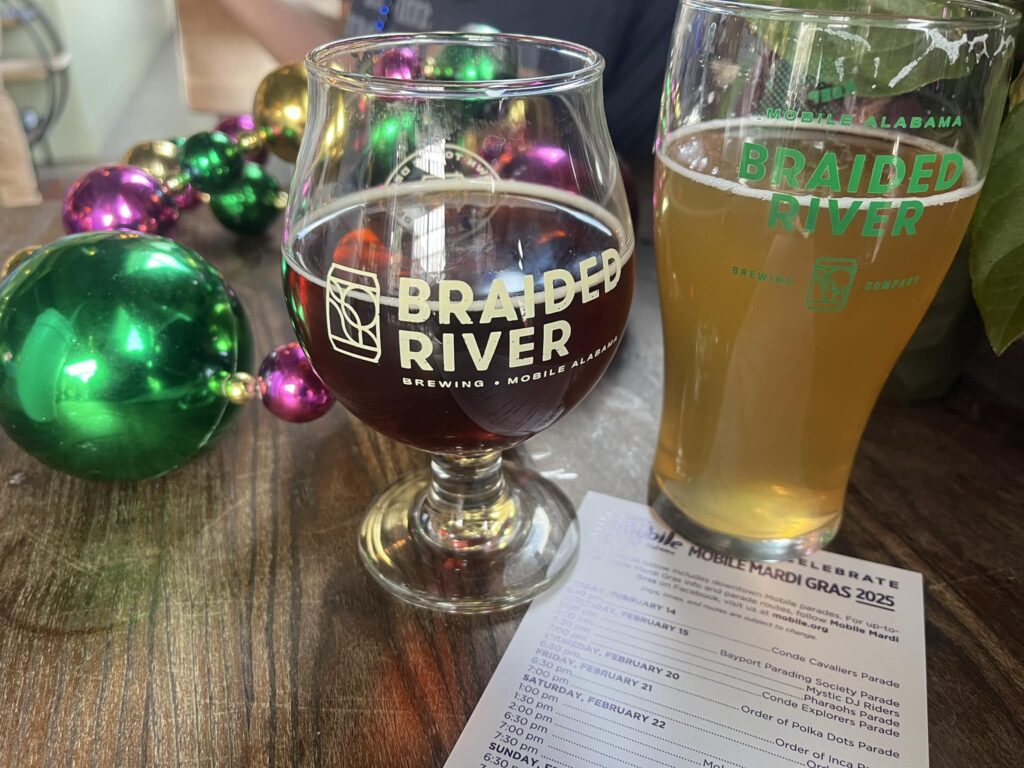
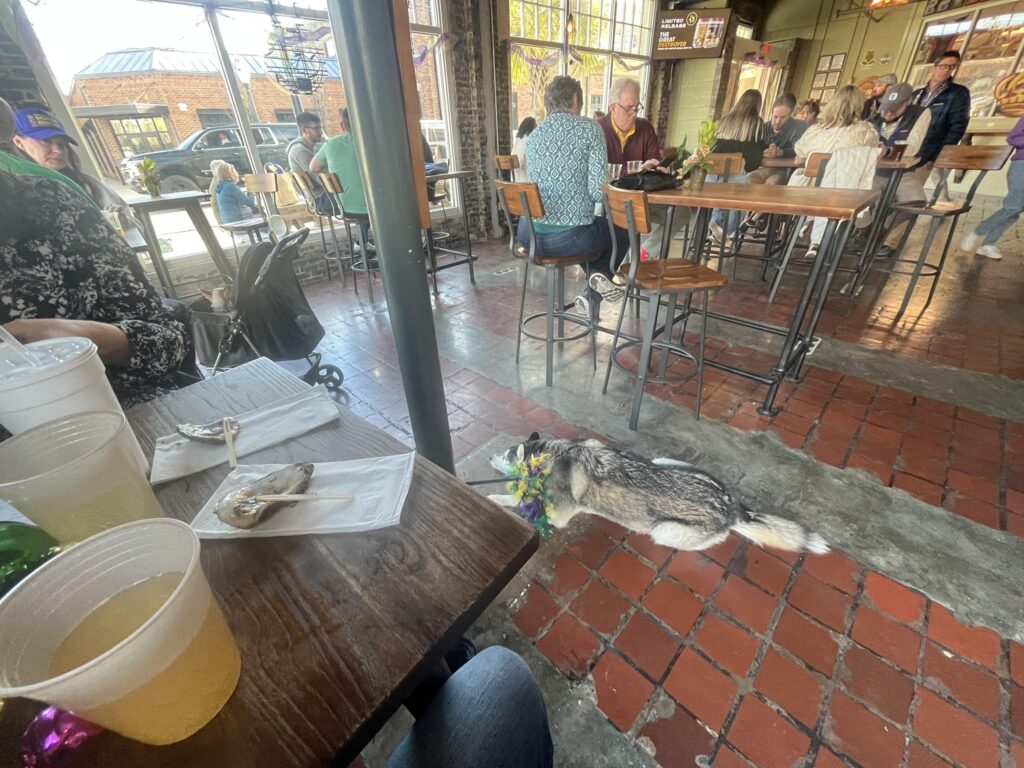
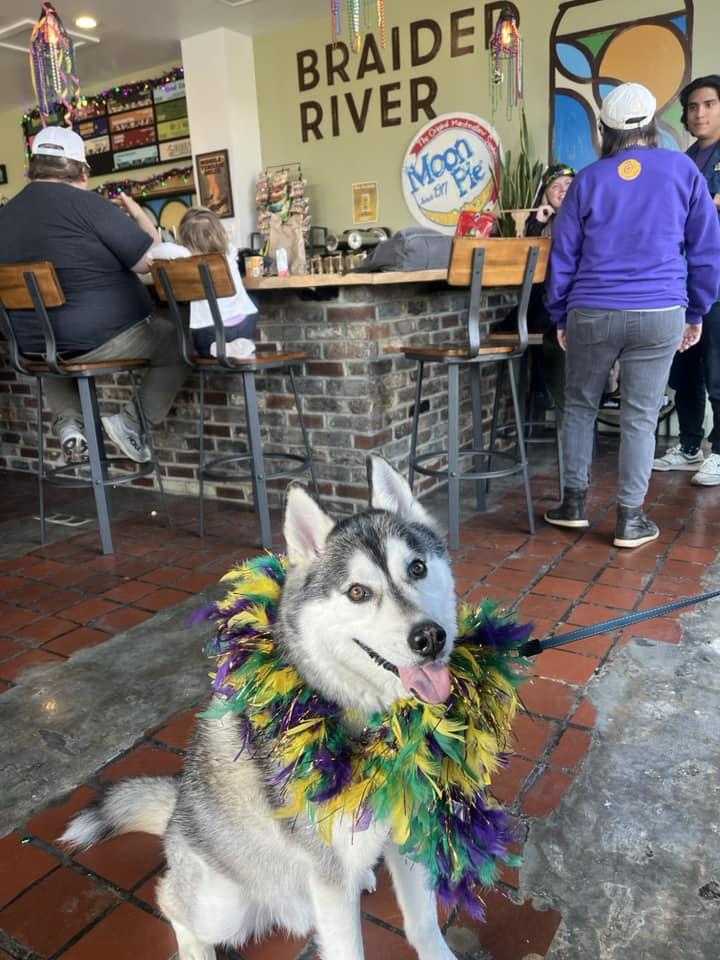
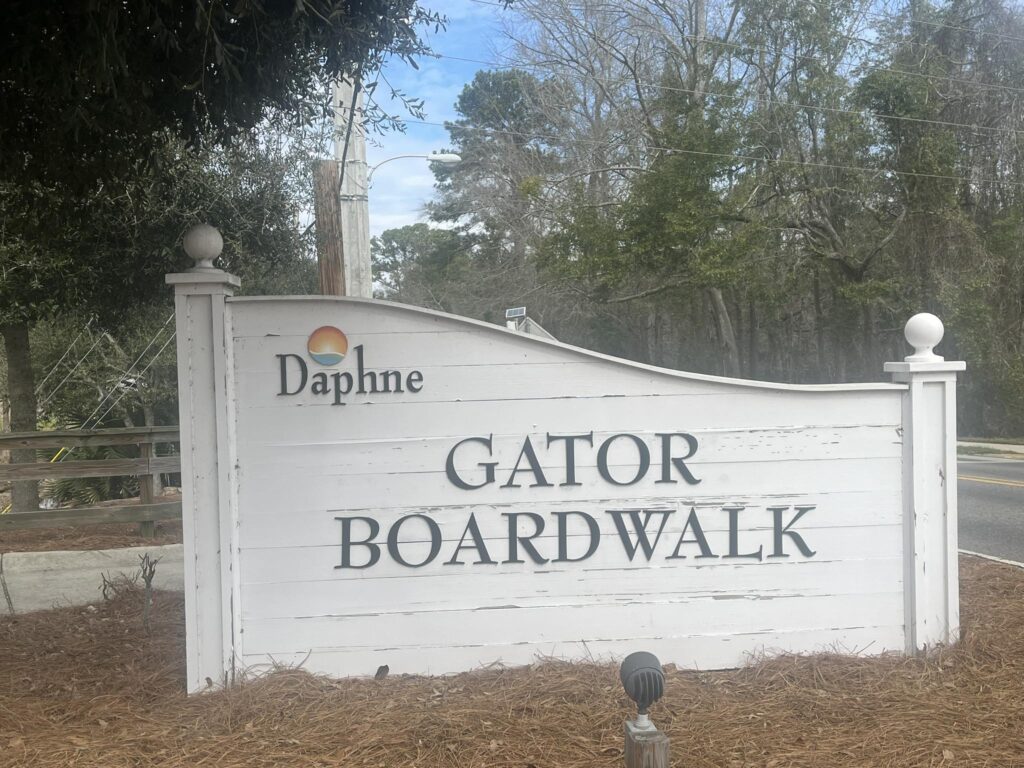
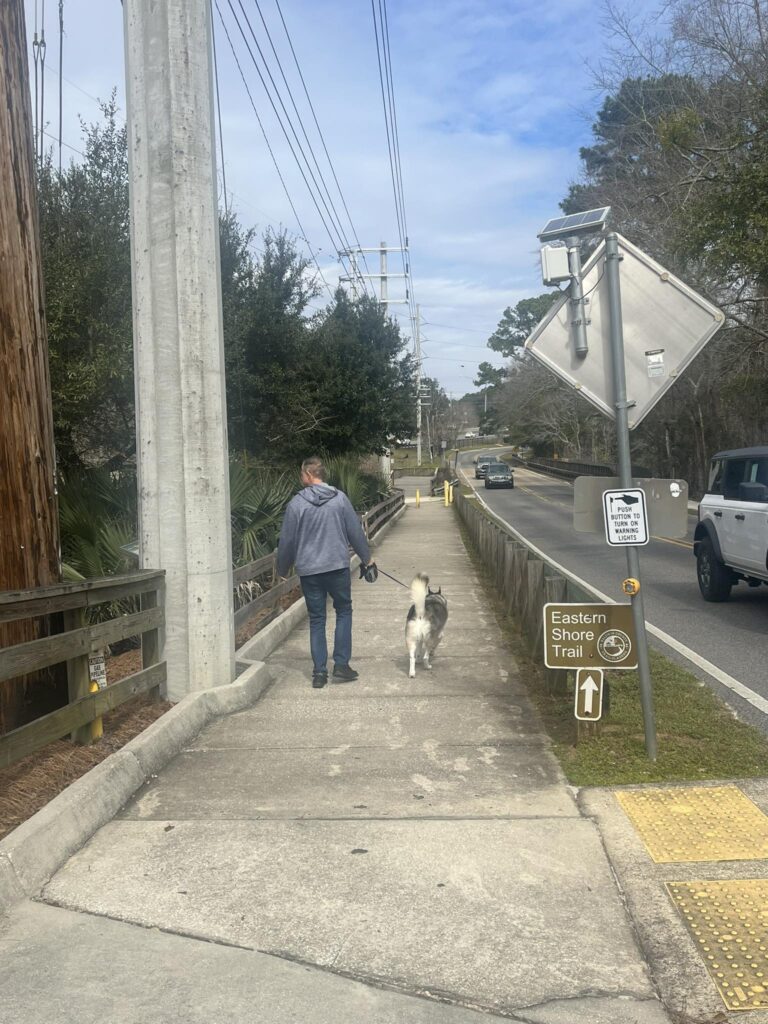
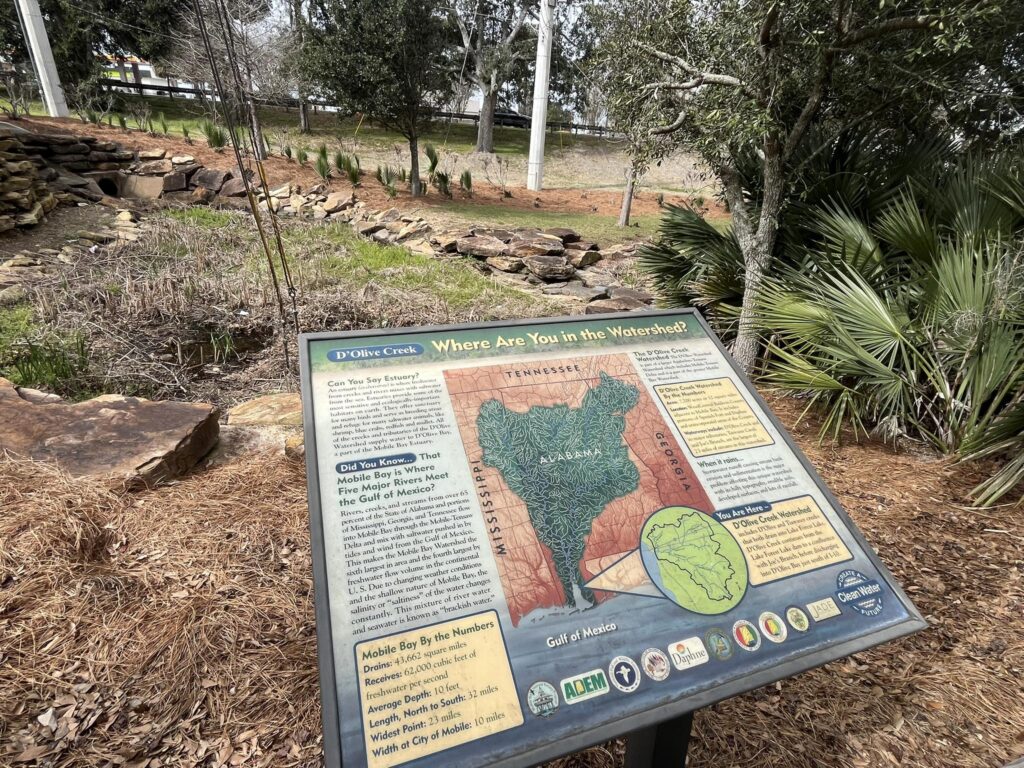
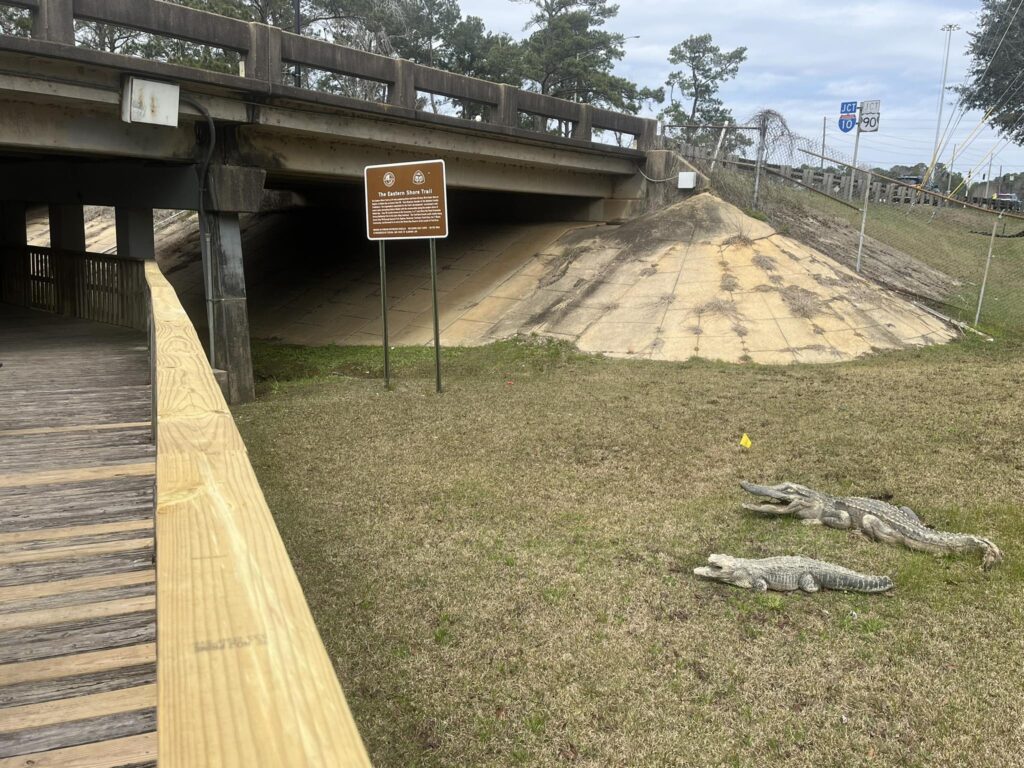
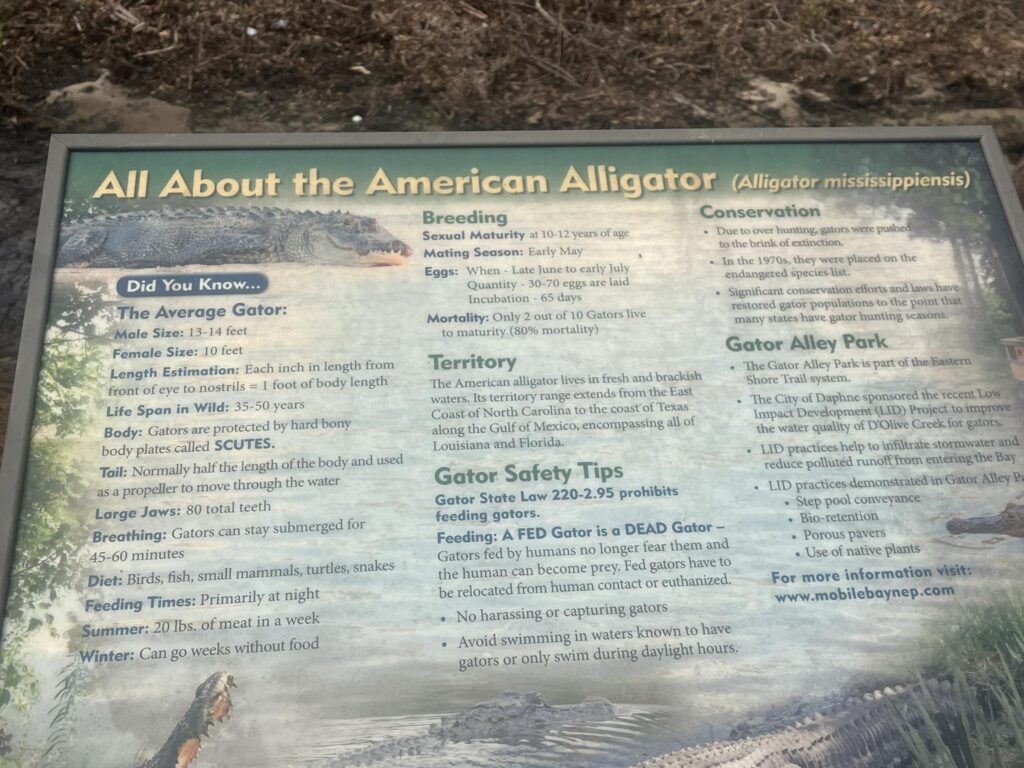



Leave a Reply